Composition and working principle of PVC pipe extrusion die
1. Die head (die mouth)
Shape: The die head is a key part of pipe forming, and its design should be adjusted according to the requirements of the inner and outer diameters, wall thickness, etc. of the pipe. Usually a ring die head is used, which can evenly distribute the plastic melt and make its flow direction consistent with the axial direction of the pipe.
Cooling system: A cooling system is usually set inside the die head so that the pipe can be quickly cooled and stabilized after it is extruded from the die.
2. Forming part
Inner mold core: The inner mold core is used to control the inner diameter of the pipe and can be replaced or adjusted according to different pipe specifications. It also helps to ensure that the inside of the pipe is smooth.
Outer mold sleeve: The outer mold sleeve controls the outer diameter of the pipe, and cooling water flow may be generated during the production process to help the pipe cool quickly.
3. Cooling system
Water cooling system: After the pipe is extruded through the die, it will enter the cooling tank and be cooled by water to maintain the shape and dimensional accuracy of the pipe. During the cooling process, the surface of the pipe will solidify, but the inside will still maintain a certain temperature to prevent irregular shrinkage or deformation.
4. Pulling device
The pulling device stretches the pipe after cooling to ensure the uniformity and dimensional accuracy of the pipe.
5. Cutting device
Generally, after the pipe is extruded, it will be cut into the required length after cooling and pulling. The cutting device is usually a high-precision tool or saw blade.
Design requirements for PVC pipe extrusion mold
1. Flow channel design: The mold flow channel design should be reasonable to ensure that the PVC melt can flow into the mold head evenly and smoothly to avoid bubbles or uneven flow.
2. Temperature control system: The temperature control system of the mold is very critical because the extrusion process of PVC is very sensitive to temperature. Too high a temperature can cause quality problems with the pipe, while too low a temperature can result in incomplete molding.
3. Easy to clean and maintain: PVC pipe extrusion dies usually need to be cleaned regularly to prevent impurities or plastic residues in the material flow from clogging or contaminating the mold. The mold material should have good wear resistance and corrosion resistance.
4. Precision of the mold: Accurate dimensional control is essential for the quality of PVC pipes, so the mold needs to have high processing accuracy.
Common PVC pipe extrusion die types
Ordinary round pipe mold: produces standard specifications of PVC pipes.
High-pressure pipe mold: used to produce high-pressure pipes, usually requiring designs with enhanced wall thickness and pressure resistance.
Double or triple-layer pipe mold: produces multi-layer PVC pipes for special applications such as hot and cold water pipes, insulation pipes, etc.
Plastic extrusion molding is to make the plastic flow by heating, and then make it pass through the mold under a certain pressure, and then make a continuous finished product after being shaped.
There are many types of plastic products processed by extrusion, such as PVC pipes, films, rods, PVC sheets, cable coatings, monofilaments and special-shaped PVC profiles.
The extruder can also mix, plasticize, dehydrate, granulate and feed plastics for preparatory processes or semi-finished products. Therefore, extrusion molding has become one of the most common plastic molding methods. Most of the plastic products produced by extrusion use thermoplastics, and some use thermosetting plastics. Such as polyvinyl chloride, polyethylene, polypropylene, nylon, ABS, polycarbonate, polysulfone, polyoxymethylene, chlorinated polyether and other thermoplastics and phenolic, urea-formaldehyde and other thermosetting plastics. Extrusion molding has the advantages of high efficiency, low investment, simple manufacturing, continuous production, small footprint, and clean environment. Plastic products produced by extrusion molding have been widely used, and its output accounts for more than half of the total plastic products. Therefore, extrusion molding occupies a very important position in the plastic processing industry.
Typical structure analysis of extrusion molding head
The head is the main component of the extrusion molding mold, which has the following four functions.
(1) The material changes from spiral motion to linear motion;
(2) Generate the necessary molding pressure to ensure the compactness of the product;
(3) Make the material further plasticized through the head;
(4) The product with the required cross-sectional shape is formed through the head. Now take the pipe extrusion head as an example to analyze the composition and structure of the head, as shown in the figure.
1.The die and the mandrel
The die molds the outer surface of the product, and the mandrel molds the inner surface of the product. Therefore, the shaping part of the die and the mandrel determines the cross-sectional shape and size of the product.
457008.webp)
2. The porous plate (filter plate, grid plate) is shown in the figure. The function of the porous plate is to change the material from spiral motion to linear motion, and at the same time prevent unplasticized plastic and mechanical impurities from entering the head. In addition, the porous plate can also form a certain head pressure to make the product more compact.
659340.webp)
3. Diverter and diverter bracket The diverter is also called a torpedo head. The plastic is transformed into a thin ring through the diverter, which is convenient for further heating and plasticization. The diverter of the large extruder is also equipped with a heating device. The diverter bracket is mainly used to support the diverter and the core rod, and also to split the material flow to enhance the stirring effect. The diverter bracket of the small head can be designed as a whole with the diverter.
487899.webp)
4. The adjustment screw is used to adjust the gap between the die and the core rod to ensure uniform wall thickness of the product.
142999.webp)
5. The head body is used to assemble the various parts of the head and the extruder connection.
709808.webp)
6. The sizing sleeve enables the product to obtain good surface roughness, correct size and geometry through the sizing sleeve.
7. Blockage prevents compressed air leakage and ensures a certain pressure in the pipe
Classification of extrusion molding heads and their design principles
1. Classification Due to the different shapes and requirements of extruded products, there must be corresponding die heads to meet the requirements of the products. There are many types of die heads, which can be roughly classified according to the following three characteristics:
(1) According to the purpose of the die head, it can be divided into tube extrusion die head, tube blowing die head, plate extrusion die head, etc.;
381736.webp)
(2) According to the product output direction, it can be divided into straight die head and transverse die head. The former has the same material flow direction as the extruder screw axis, such as the hard tube die head; the latter has the material flow direction at a certain angle to the extrusion screw axis, such as the cable die head.
904479.webp)
3) According to the pressure in the die, it can be divided into: low-pressure die (material flow pressure <40 kg/cm2), medium-pressure die (material flow pressure is 40-100 kg/cm2) and high-pressure die (material flow pressure >100 kg/cm2). 2. Design principles
(1) Streamlined flow channel To ensure that the material can be filled and evenly extruded along the flow channel of the die, and to avoid overheating and decomposition of the material, the flow channel in the die should be streamlined, not expanding or shrinking sharply, and there should be no dead corners or stagnant areas. The flow channel should be processed very smoothly, and the surface roughness should be below Ra 0.4um.
607476.webp)
(2) Sufficient compression ratio To make the product dense and eliminate the joint seam caused by the diverter bracket, a sufficient compression ratio should be designed according to the product and plastic type. Compression ratio: refers to the ratio of the maximum cross-sectional area of the feed end to the cross-sectional area of the annular cavity at the die in the molten material flow channel cavity in the mold body. The compression ratio is generally 4 ~10, if the melt viscosity is high, take the compression ratio between 2.5 and 6
898409.webp)
(3) Correct cross-sectional shape. The design of the molding part of the die should ensure that the material has the specified cross-sectional shape after extrusion. Due to the influence of the physical properties of the plastic and factors such as pressure and temperature, the cross-sectional shape of the molding part of the die is not the corresponding cross-sectional shape of the product. There is a considerable difference between the two. This factor should be considered during design to ensure that the molding part has a reasonable cross-sectional shape. Since the change in the cross-sectional shape of the product is related to the molding time, controlling the necessary molding length is an effective method.
(4) Compact structure. Under the condition of meeting the strength, the die structure should be compact, and its shape should be as regular and symmetrical as possible to ensure uniform heat transfer, convenient loading and unloading, and no leakage.
(5) Reasonable material selection. Since the die wears more and some plastics are highly corrosive, the die material should be selected from wear-resistant and hard carbon steel or alloy steel, and some even need chrome plating to improve the corrosion resistance of the die. In addition, the structural dimensions of the die are also related to the shape of the product, heating method, screw thread, etc. It is related to factors such as rod shape and extrusion speed. Designers should flexibly apply the above principles according to specific circumstances.
There are three common pipe extruder head structures
(1) Straight tube head The figure shows a straight tube head. It has a simple structure, a diverter bracket, and the core mold is difficult to heat. The molding length is relatively long: it is suitable for thin-walled and small-diameter pipe extrusion of plastics such as PVC, PA, PC, PE, and PP. It is the most widely used mold structure for extrusion molding of plastic pipes.
243750.webp)
(2) Bend tube head The right figure shows a bend tube head. Its structural feature is that there is no diverter bracket inside. The melt flows around the core rod in the head to form, so only one diversion mark is produced. The most prominent advantage of this head is that the extruder barrel is easy to approach the upper end of the core rod, and the core rod is easy to be heated; the cooling device matched with it can cool and shape the inner and outer diameters of the pipe at the same time, so the molding accuracy is high: the flow resistance is small, the material flow is stable, the material discharge is uniform, the productivity is high, and the product quality is good. However, the structure is complex, the manufacturing is difficult, and the production area is large.
Application :Inner diameter shaping PVC pipe forming mold for medical pipes Inner diameter shaping PVC pipe extrusion forming mold structure is mostly used in forming medical pipes. This type of plastic pipe is mostly transparent, with smooth inner and outer walls and small diameter. The mold structure is different from the general plastic forming mold in that it is equipped with an inner diameter cooling and shaping device. During production, the inner diameter cooling and shaping device passes through the tube blank to cool and shape the tube blank of the extrusion mold; the outer diameter of the inner diameter cooling and shaping device is consistent with the inner hole diameter of the tube (or slightly larger), and cooling water passes through it.
(3) Side-type die The figure shows a side-type die. It combines the advantages of the straight type and the horizontal type. The material changes direction to eliminate the unevenness caused by the horizontal die changing direction once. It occupies a small area. The structure is complex, there is no diverter bracket, the core mold can be heated, and the shaping length is not long. It is suitable for both large and small diameter pipes.
946.webp)
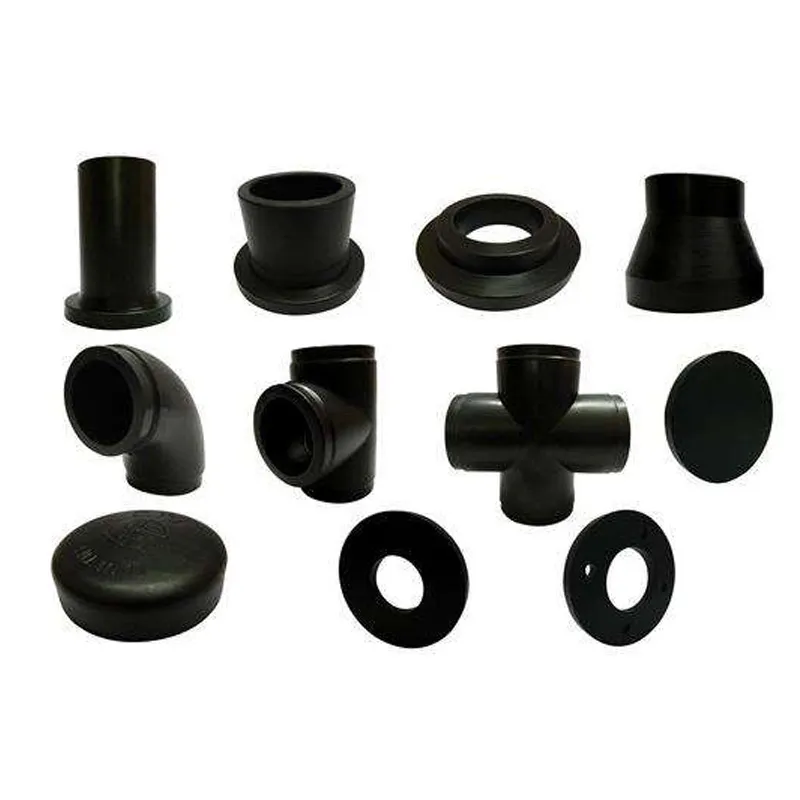
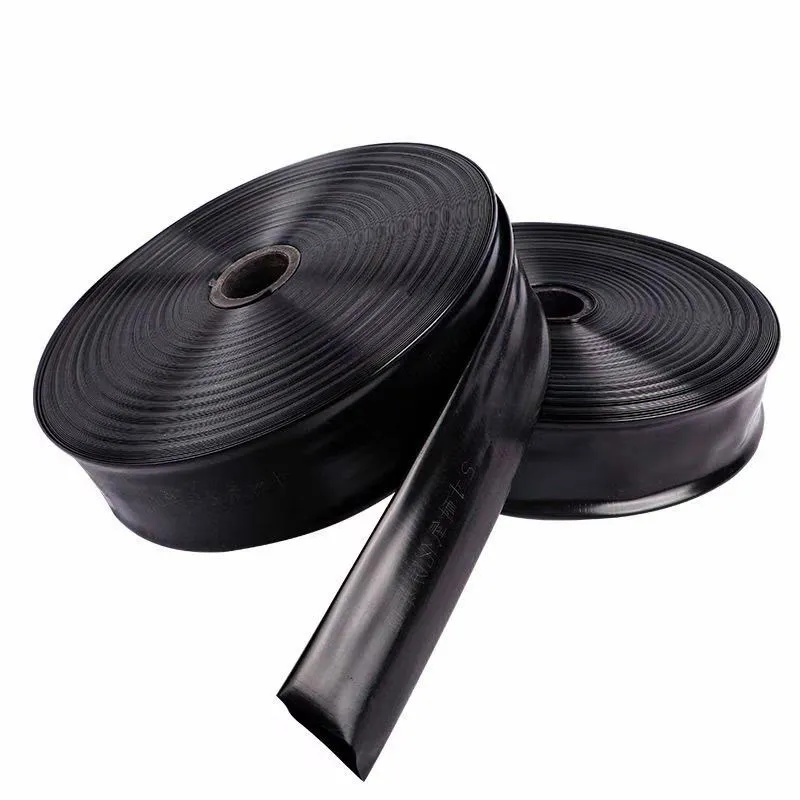
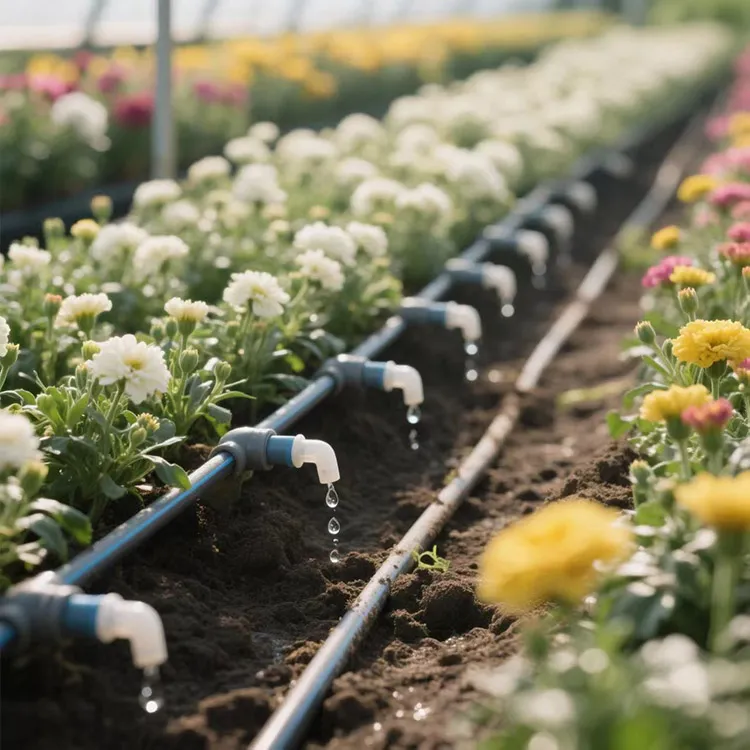
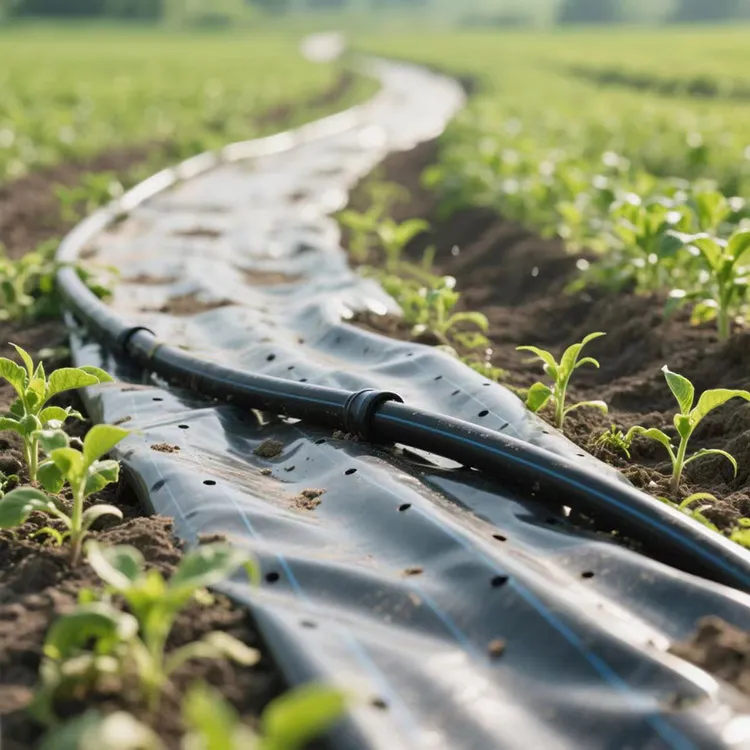
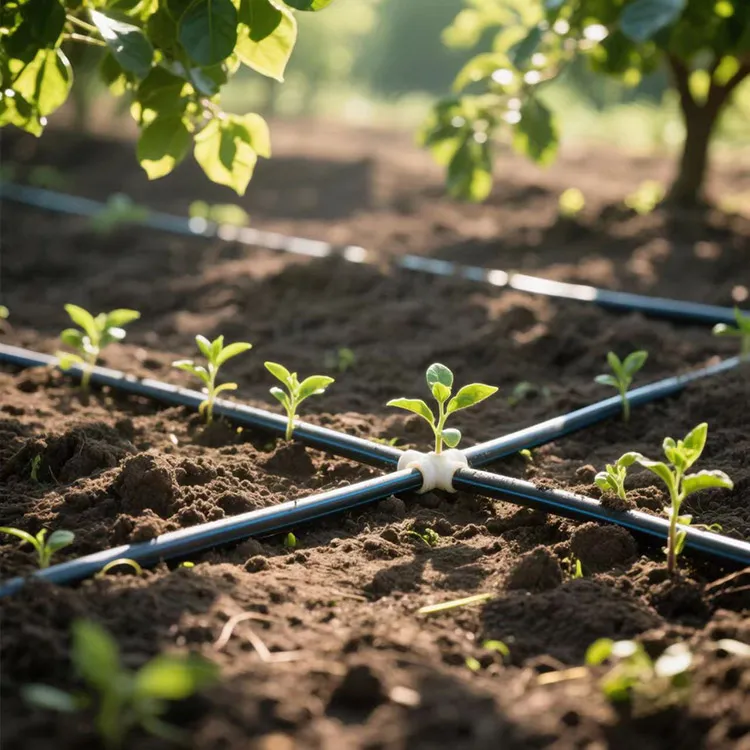
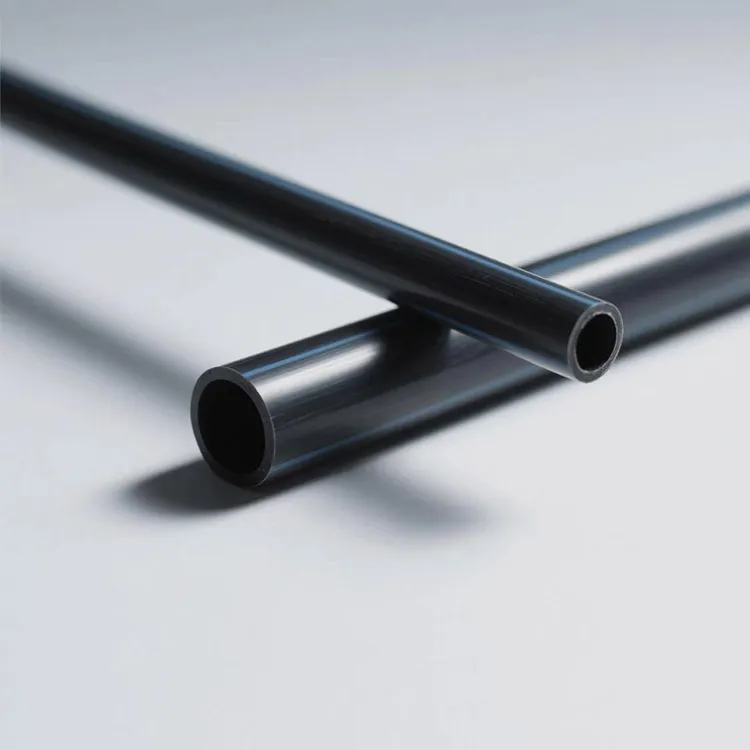
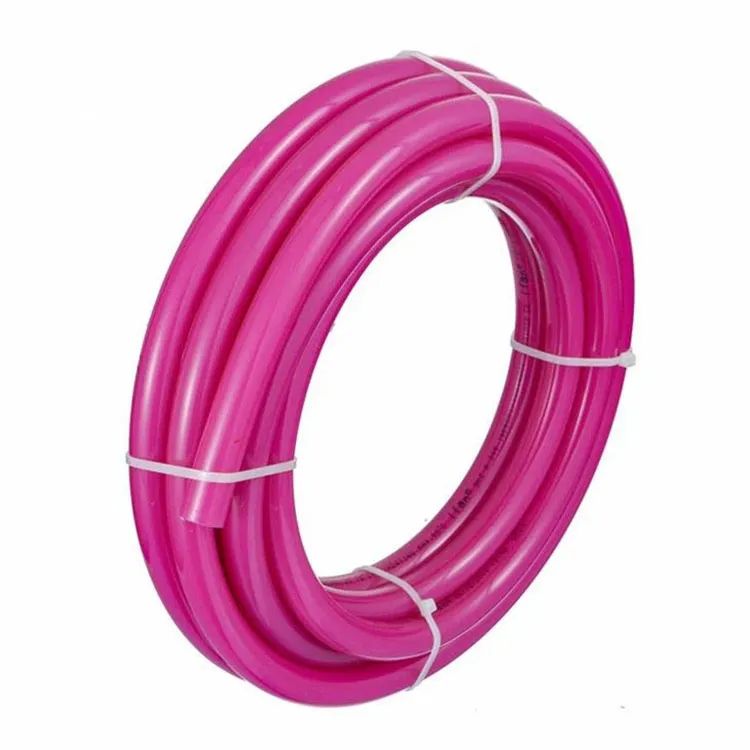
294.webp)
476.webp)
420.webp)
146.webp)
460.webp)
287.webp)
274.webp)


